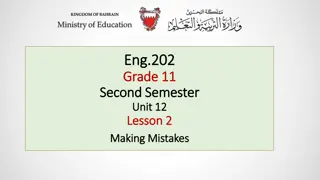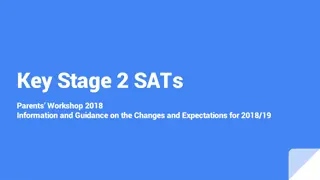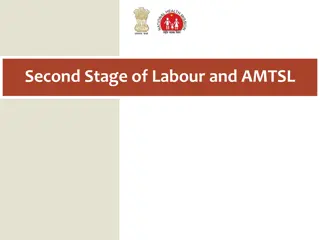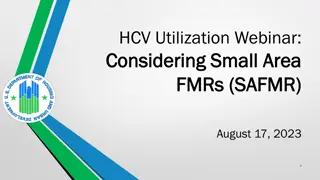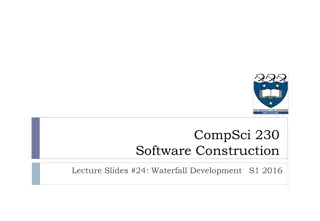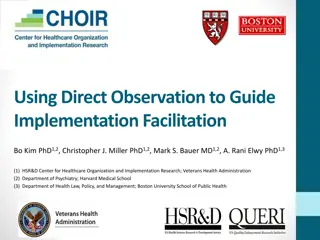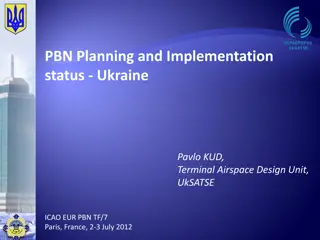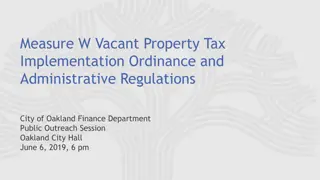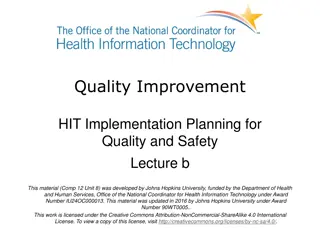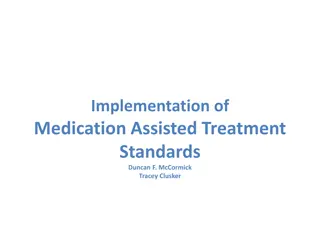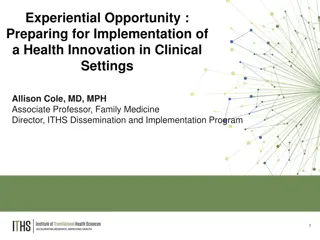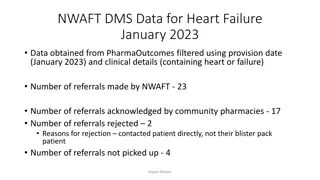
Effective Implementation Strategies in Project Management
Discover the critical stage of project implementation, focusing on coordination, monitoring, and risk management to ensure successful outcomes. Learn about managing project teams, budgets, quality, and risks efficiently throughout the execution phase.
Download Presentation

Please find below an Image/Link to download the presentation.
The content on the website is provided AS IS for your information and personal use only. It may not be sold, licensed, or shared on other websites without obtaining consent from the author. If you encounter any issues during the download, it is possible that the publisher has removed the file from their server.
You are allowed to download the files provided on this website for personal or commercial use, subject to the condition that they are used lawfully. All files are the property of their respective owners.
The content on the website is provided AS IS for your information and personal use only. It may not be sold, licensed, or shared on other websites without obtaining consent from the author.
E N D
Presentation Transcript
Innovation project management course Stage 4: Implementation Barbora Dvo kov & Michal Pivko
Implementation Project implementation o the plan designed in the prior stages of the project life is put into action othe activities described in the work plan are carried out ocomprises the coordination of a wide range of activities oincludes monitoring and controlling = measuring performance and taking corrective action to assure that the project is on track to meet its goals oand also risk management as unanticipated events and situations will inevitably occur The purpose is to deliver the expected results (deliverables and other direct outputs).
Implementation Objectives olearn how to manage the project step by step at the stage of its implementation ointroduce the individual topics that they may be encountered during the execution of the project Learning Outcomes: Knowledge and ability to work with - project teams - project budget - project quality - project risks - deliverables and outputs
Implementation - Content How to manage PEOPLE - Managing the Project Team and Project Consortium RESOURCES - Managing Budget QUALITY - Monitoring Quality of Work and Prospective and Technology Watching WORK - Monitoring of Project Performance and Progress RISKS - Addressing Risks OUTPUTS - Project Outputs and Acceptance of Project Implementation
Lets get started Work plan ready and understood by all the actors involved Resources - financial, material and human resources. Actions need to be taken before work can begin: o Scheduling activities and identifying potential bottlenecks. o Communicating with the team and ensuring all the roles and responsibilities are understood. o Ensuring that the (financial) resources are available and distributed accordingly. o Providing for project management tools to coordinate the process.
Briefing Team Members: Kick off Meeting The Implementation phase starts with the Kick-off Meeting. The purpose is to formally start the project. Team members are introduced to the project. MANAGE PEOPLE The main aim of Kick-off Meeting is to: o ensure that everyone understands the project scope, their roles and responsibilities o clarify the expectations of all key project stakeholders, o identify and mitigate project risks, o discuss and agree on the project plans. KICK-OFF MEETING
Briefing Team Members: Managing Project Team Project team = project manager and project staff who have been assigned with the responsibility to work on the project. Innovation projects require a diverse mix of individuals who must be integrated into an effective project team. Methods of Managing Project Team Communication and supervision to track work and attitudes of project teams. By conversation and observation, the PM communicates with team members and reviews their achievements in the accomplishments and interpersonal issues. Performance appraisals allow measuring performance of project team members to clarify project team roles and responsibilities, review constructive unresolved issues, develop individual training programs, and outline specific goals for future project activities. Conflict management to hande environment to achieve higher productivity and positive working relationships. MANAGE PEOPLE MANAGING TEAM context of deliverables, feedback, discover conflicts in a team
Briefing Team Members: Managing Project Consortium Project Coordinator serves as the central contact point, leads and represents the consortium. Project partners actively contribute to the project,have their own budget, roles and responsibilities. MANAGE PEOPLE MANAGING CONSORTIUM Associated partners provide insight and information and support the project without the budget (end- users, industry, regional authorities, )
Briefing Team Members: Managing Project Consortium A project (management) plan/manual/handbook document that describes how the project will be executed, monitored, and controlled, and closed. It outlines the objectives and scope of the project and serves as an official point of reference for the project team, associated partners and stakeholders Project agreements Grant agreement = is the funding agreement concluded between the funding agency and the project participants and specifies the rights and obligations of the contracting parties Consortium/partner agreement = private agreement between the beneficiaries, to set out the rights and obligations amongst themselves. (It does not involve the Funding Agency.) It addresses internal organisation and management of the consortium, settlement of internal disputes. MANAGE PEOPLE MANAGING CONSORTIUM IP provisions, and
MANAGE RESOURCES Project Budget = detailed estimation of all costs needed to complete the project. It is continuously reviewed, revised, and updated. The personnel, subcontracting, equipment Once the project budget has been reviewed and approved the next step is to create a budget baseline = a time-phased budget that project managers use to measure and monitor budget performance. Budget Execution = the action of authorizing the expenses approved in the budget. The project manager then initiates to carry the activities that lead to hiring project staff, purchase of equipment, materials and services, all according to a project procurement plan. most common travelling, project cost categories are: MANAGING BUDGET consumables, services,
Quality is degree to which the project fulfills requirements. MANAGE QUALITY Project quality management = process through which quality is managed and maintained throughout a project. Quality management processes MONITORING QUALITY o Internal = within the consortium (proofreading, presenations of outputs/activities+ feedback) o External = Advisory board, external experts feedback o Project sponsor/grant provider = assessment, evaluation, recommendations for improvement Quality plan Quality assurance Quality control
Monitoring of Project Performance and Progress - collecting information about the state of the project s progress = tracking the project dimensions of scope, schedule, cost and quality, monitors risks, issues and project change, and forecasts their evolution measures (KPIs or others) Project Work Plan as a reference for monitoring project performance MANAGE WORK using performance MONITORING OF PROJECT PROGRES Exchange information about the project s current status and next steps with the Project Team Monitor the progress of o Tasks/activities o Key outputs/deliverables and milestones achieved as planned. o Resource utilization - resources used as planned and costs as budgeted. o People team morale, stakeholder engagement, overall project dynamics and productivity o Logs the status and evolution of issues, changes and decisions.
MANAGE RISKS A risk is anything that could potentially impact your project s timeline, performance or budget. Risks can be technical, organizational, potentialities, if they become realities, then must be addressed. external, . Risks are RISK ANALYSIS ASSESSMENT AND MITIGATION oRisk identification (repository, check list, experts, ) oRisk analysis (probability, impact) oPlan a risk-response strategies to reduce risks) oAct - Risk controlling-response activities (monitor and control the implementation of risk-response activities) strategy (action plans or
MANAGE OUTPUTS Project Outputs = results which are achieved immediately after implementing an activity. They are directly produced by the project, tangible and easy to measure Project deliverable = a product or service of the project activity that contributes to the development of a project s outputs. A project may produce one or more deliverables and outputs. Each of them must be formally accepted. The acceptance process ensures that they meet the predefined objectives and criteria, so the project requestor can formally accept them. PROJECT OUTPUTS APPROVAL A review and approval are recommended before the project can move to the next phase. It must be assessed that all the goals of the Implementation phase have been achieved and verified, all planned activities carried out, all requirements have been met, and that the project s outputs have been fully delivered. Project Owner/fund provider has to accept the deliverables.
THANK YOU FOR YOUR ATTENTION

